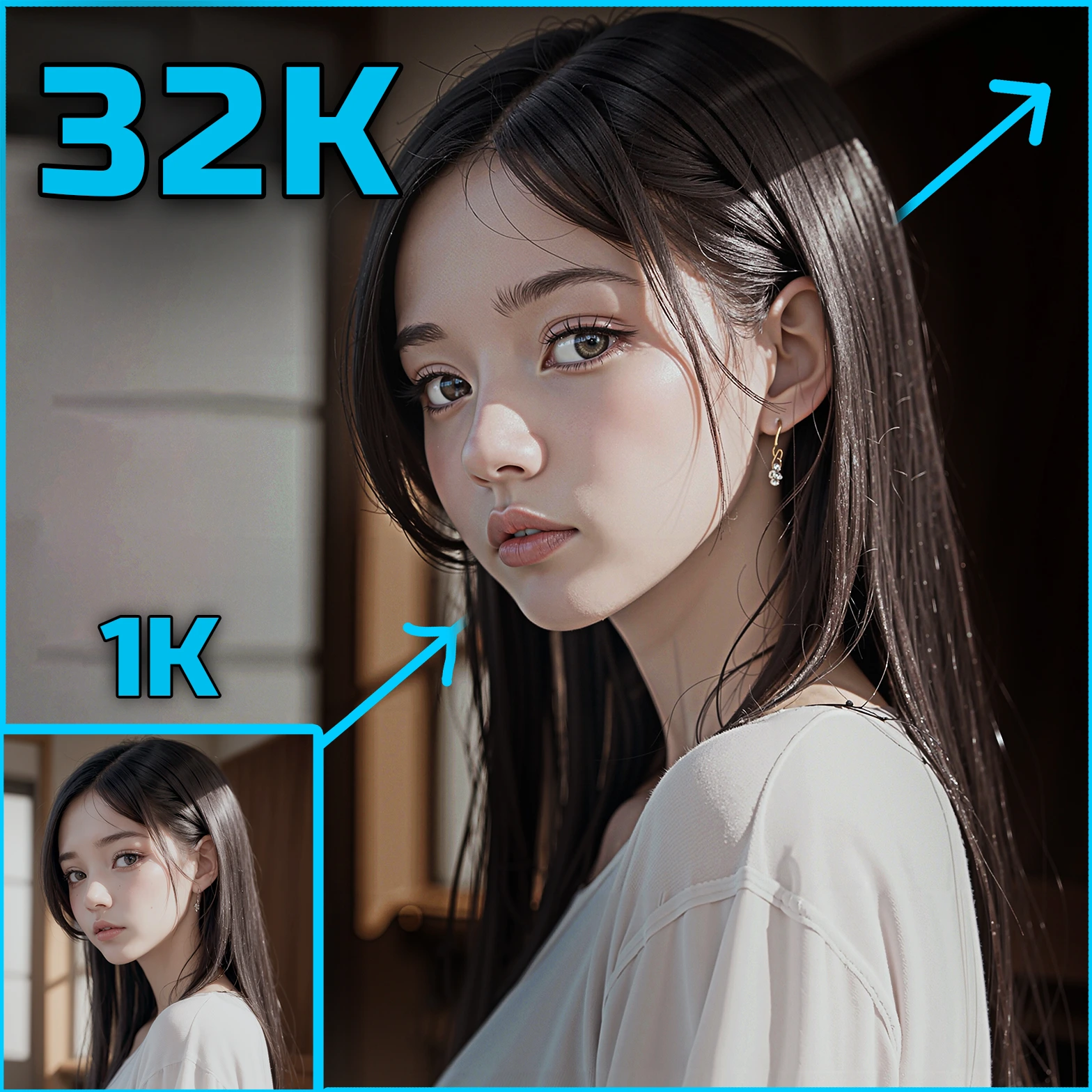ComfyUI Node: HyperTile
HyperTile
Categorymodel_patches/unet
ComfyAnonymous (Account age: 833days) Extension
ComfyUI Latest Updated
2025-04-05 Github Stars
73.39K
How to Install ComfyUI
Install this extension via the ComfyUI Manager by searching for ComfyUI- 1. Click the Manager button in the main menu
- 2. Select Custom Nodes Manager button
- 3. Enter ComfyUI in the search bar
Visit ComfyUI Online for ready-to-use ComfyUI environment
- Free trial available
- 16GB VRAM to 80GB VRAM GPU machines
- 400+ preloaded models/nodes
- Freedom to upload custom models/nodes
- 200+ ready-to-run workflows
- 100% private workspace with up to 200GB storage
- Dedicated Support
HyperTile Description
Enhances AI model performance by tiling latent spaces for efficient processing of large images and complex data structures.
HyperTile:
The HyperTile node is designed to enhance the performance and flexibility of your AI models by enabling efficient tiling of latent spaces. This node is particularly useful for handling large images or complex data structures by breaking them down into smaller, more manageable tiles. By doing so, it allows for more efficient processing and can significantly improve the speed and accuracy of your model's operations. The HyperTile node achieves this by patching the model's attention mechanisms, ensuring that the tiling process is seamlessly integrated into the model's workflow. This can be especially beneficial for tasks that require high-resolution outputs or involve intricate patterns and details.
HyperTile Input Parameters:
model
This parameter represents the AI model that you want to apply the HyperTile patch to. It is essential for the node to know which model to modify in order to implement the tiling mechanism.
tile_size
This parameter determines the size of the tiles that the input data will be divided into. The tile size impacts the granularity of the tiling process, with smaller tiles allowing for finer detail but potentially increasing computational load. The default value is 256, with a minimum of 1 and a maximum of 2048.
swap_size
This parameter specifies the size of the swap space used during the tiling process. It affects how the tiles are rearranged and processed, with larger swap sizes potentially improving performance but requiring more memory. The default value is 2, with a minimum of 1 and a maximum of 128.
max_depth
This parameter sets the maximum depth of the tiling process, determining how many levels of tiling will be applied. A higher depth can lead to more detailed tiling but may also increase computational complexity. The default value is 0, with a minimum of 0 and a maximum of 10.
scale_depth
This boolean parameter indicates whether the depth of the tiling process should be scaled. When enabled, it adjusts the tiling depth dynamically based on the input data's characteristics, potentially optimizing performance. The default value is False.
HyperTile Output Parameters:
model
The output is the modified AI model with the HyperTile patch applied. This model is now capable of handling tiled input data, allowing for more efficient processing and potentially improved performance on tasks involving large or complex data structures.
HyperTile Usage Tips:
- Experiment with different
tile_sizevalues to find the optimal balance between detail and computational efficiency for your specific task. - Adjust the
swap_sizeparameter if you encounter memory issues or if the tiling process is too slow. - Use a higher
max_depthfor tasks that require high-resolution outputs, but be mindful of the increased computational load. - Enable
scale_depthif you are working with data of varying sizes and want the tiling process to adapt dynamically.
HyperTile Common Errors and Solutions:
"Invalid tile size"
- Explanation: The
tile_sizeparameter is set to a value outside the allowed range. - Solution: Ensure that the
tile_sizeis between 1 and 2048.
"Invalid swap size"
- Explanation: The
swap_sizeparameter is set to a value outside the allowed range. - Solution: Ensure that the
swap_sizeis between 1 and 128.
"Invalid max depth"
- Explanation: The
max_depthparameter is set to a value outside the allowed range. - Solution: Ensure that the
max_depthis between 0 and 10.
"Model not specified"
- Explanation: The
modelparameter is not provided. - Solution: Ensure that you specify the AI model you want to apply the HyperTile patch to.
HyperTile Related Nodes
RunComfy is the premier ComfyUI platform, offering ComfyUI online environment and services, along with ComfyUI workflows featuring stunning visuals. RunComfy also provides AI Models, enabling artists to harness the latest AI tools to create incredible art.


